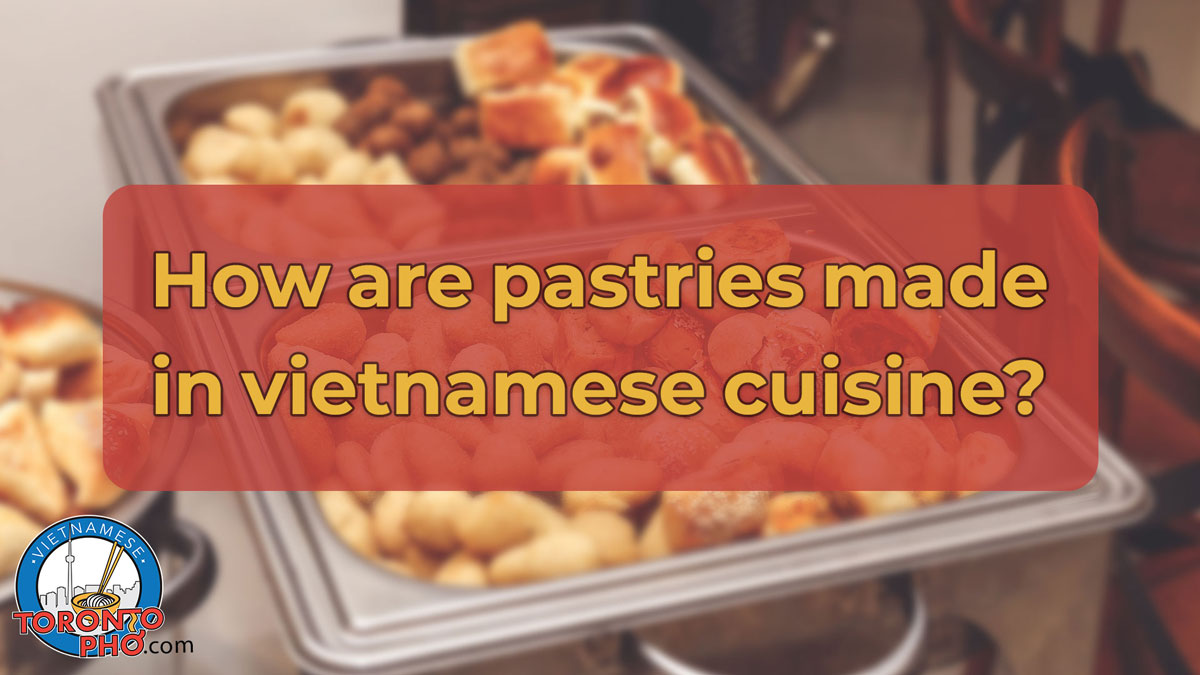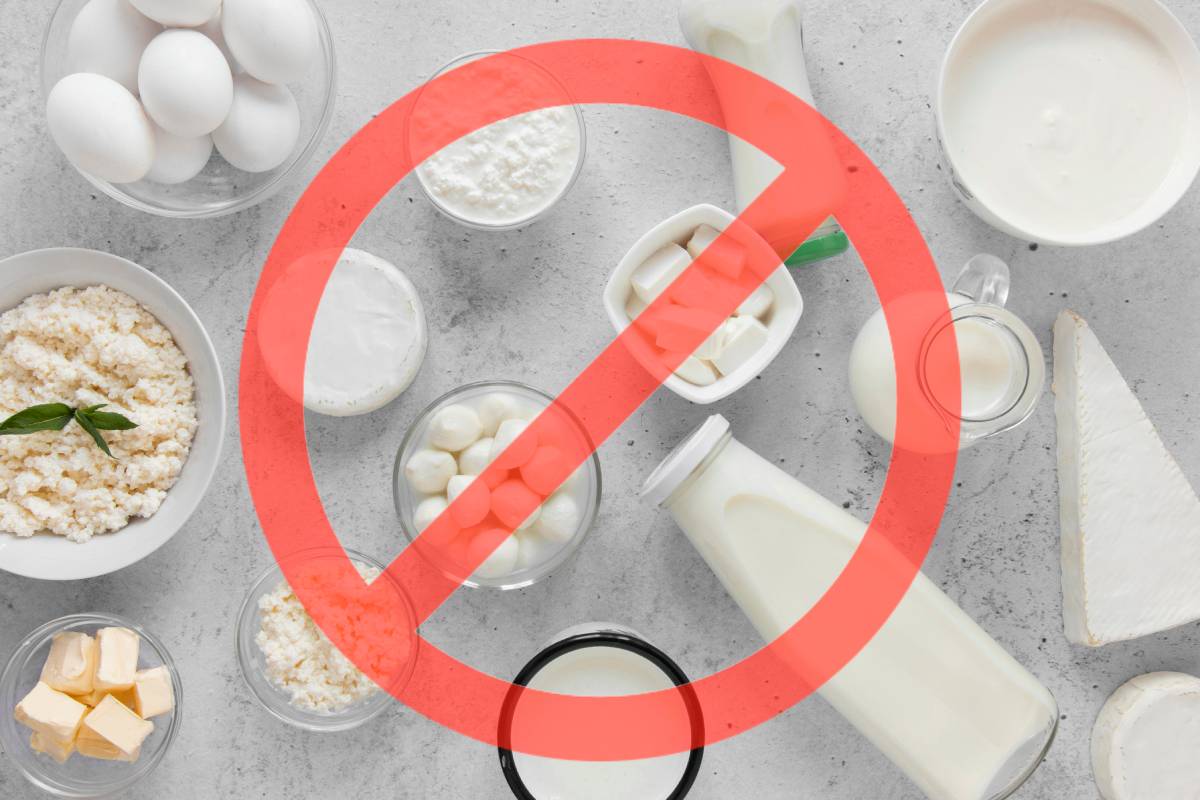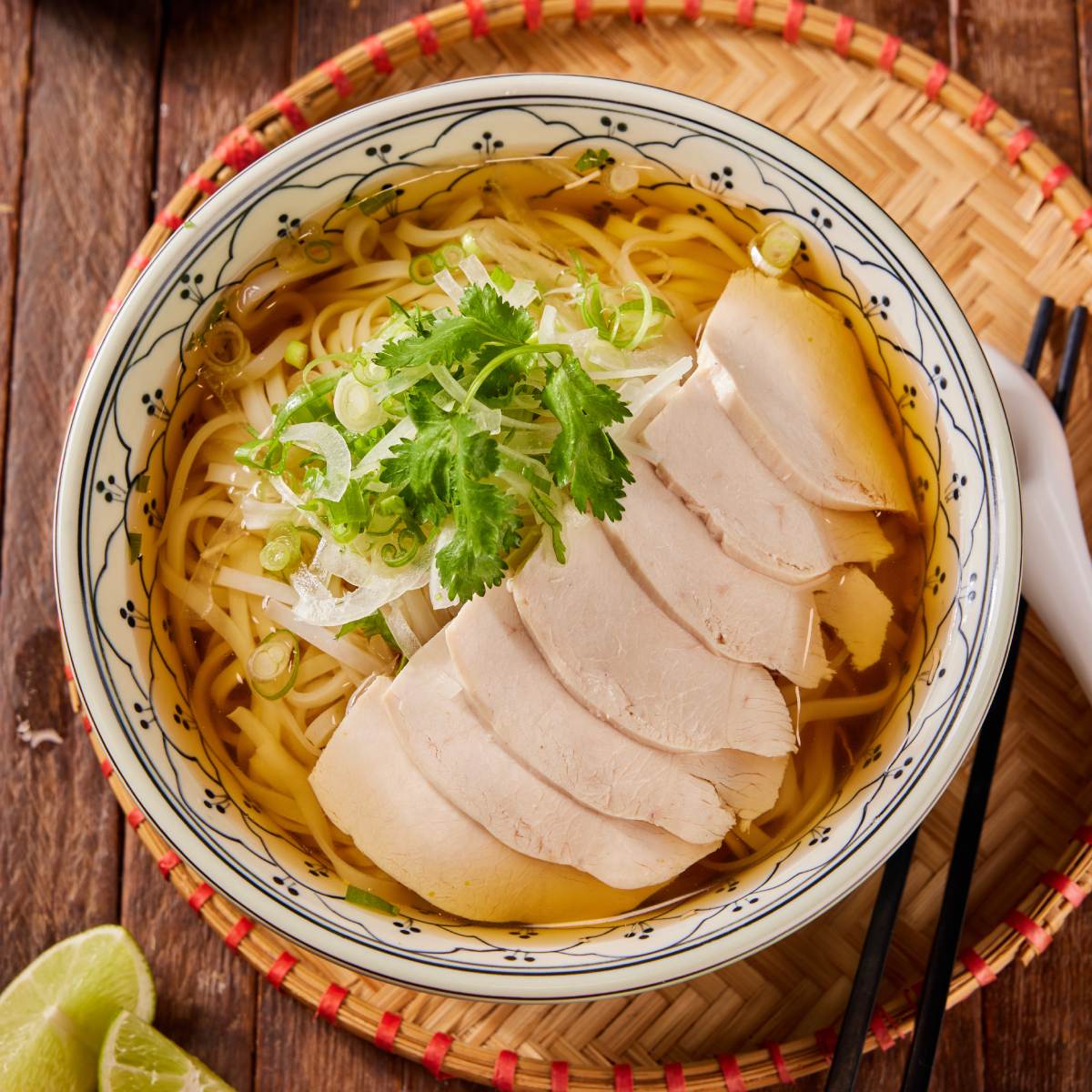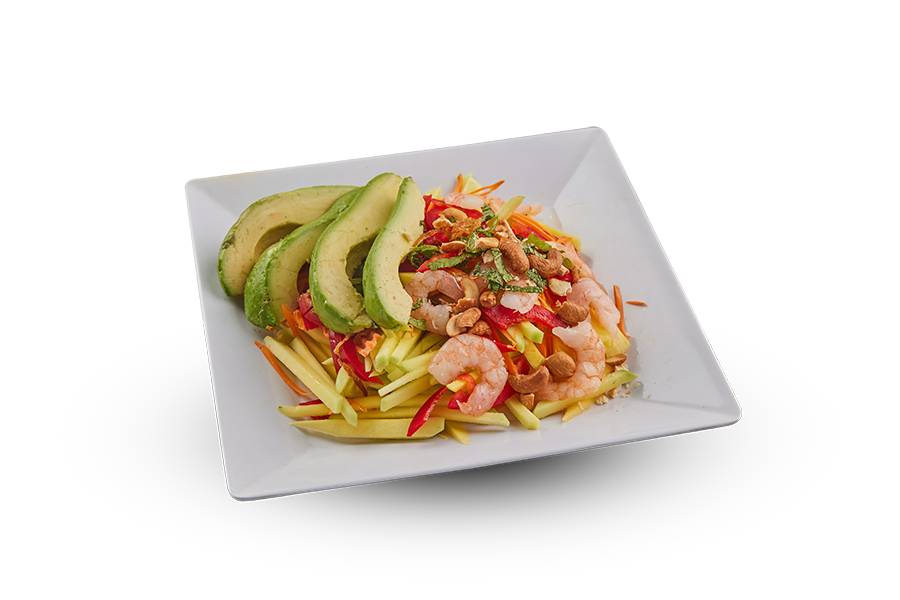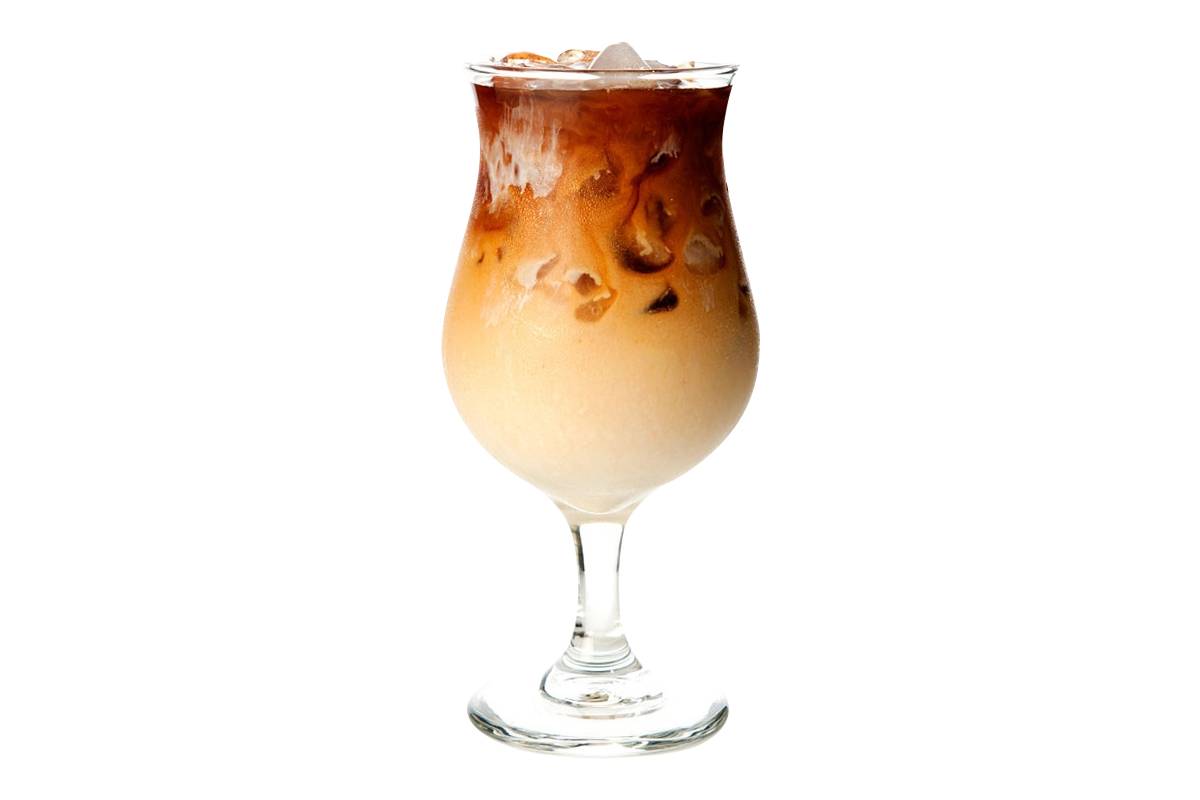Banh xeo
Banh xeo is a flat pan-fried cake, similar to a thin pancake or crepe. Banh xeo is usually made from rice flour with turmeric, shrimp, slivers of fatty pork, sliced onions, and button mushrooms. A fried pastry, banh xeo is usually made in coconut oil which is the most popular cooking oil in Vietnam. It is eaten with lettuce, local herbs, and can be dipped in nuoc cham or sweet fermented peanut butter sauce. In some Vietnamese restaurants, rice papers are used as a wrapper for banh xeo and vegetables to keep everything in an easy-to-handle dish.
Banh bao
Banh bao is a steamed bun dumpling stuffed with onions, mushrooms, and/or vegetables. Originally taken from Chinese cuisine, this is an adaptation of the ‘baozi’ done Vietnamese. Popular as a vegetarian dish in Buddhist temples in the region, you find banh bao is very customizable. It is not uncommon to have significant protein inside, such as barbecued pork, eggs, and more.
Banh tet
Banh tet is a savoury, sweet cake made from rice, rolled into a banana leaf to create a thick cylindrical log. It usually contains mung bean and sometimes pork. Once wrapped, banh tet is boiled. Once cooked, the banana leaf is removed. It is then sliced into wheel-like servings. Like other entries on this list of Vietnamese pastries, banh tet is meant to be enjoyed as a snack. It is traditionally consumed during Vietnamese New Year and is popular in southern Vietnam.
Banh giay
Banh giay is a traditional Vietnamese white cake. It is flat and round, with a tough and chewy texture. Inside, there are fillings of mung bean and Vietnamese sausage. The roundness comes from glutinous rice baked while wrapped in banana leaves. They are usually served with Vietnamese sausages. In some families, they prefer to fry them to give it a golden crust. Comparisons can be made between banh giay and a Japanese mochi, Korean tteok, Chinese lo mai chi, and similar Asian glutinous rice cakes.
Banh boh loc
Banh boh loc is an inner city central Vietnam food. It involves making small rice dumplings cultivated from rice-flour batter, usually very tiny, flat, tube-shaped, and stuffed with meats like shrimp and ground pork. It resembles a clear-looking, chewy tapioca dumpling. Banh boh loc is almost always cooked inside a wrapped banana leaf. You’ll find Vietnamese pastries like banh boh loc served at casual buffer-style dinners and similar party celebrations. As appetizers and small snacks, this pastry comes typically comes with sweet chili fish sauce in most iterations.
Banh nam
Banh nam is a central Vietnamese food and is a flat steamed rice dumpling. Banh nam is from rice flour, shallots, shrimp, and is seasoned with pepper and other herbs. It is most often served with fish sauce and cooked in banana leaves.
Banh bot chien
Banh bot chien translates as ‘fried rice flour cake’ and is a Chinese-influenced pastry. Many cultures in the region have their own version of the dish. In Vietnam, it is best known for having a unique tangy soy sauce served on the side, rice flour cubes, and for being packed with vegetables and either duck or chicken eggs. Banh bot chien is favored in south Vietnam as a sought after after-school snack.
Banh phu the
Banh phu the is known as ‘husband and wife cake’. It is sweet, usually made from rice flour, tapioca flour, and gelatin, filled with mung bean paste. Banh phu the is often wrapped in boxes of pandan leaves. Decades ago, it was usually given by a suitor. These days, the Vietnamese dessert is extremely common at weddings and is traditional for a bridegroom to send it to the bride on a wedding day. It symbolizes happy wishes for the future and is considered a very, very romantic gesture.
Banh beo
Banh beo comes from central Vietnam. This pastry is immediately recognizable for their small, round rice flour pancakes. In English cultures, they may better recognize banh beo for being ‘water fern cakes’. They are created from rice flour and tapioca flour, and are a very popular Vietnamese street food. For many years, banh beo was eaten as a snack. It is now oftentimes preferred as lunch and dinner. Banh beo is usually topped with minced shrimp and things like chives, fried shallots, and pork rinds. It is commonly eaten with nuoc cham and similar dipping sauces.
What’s your favourite Vietnamese pastry on our list?
So much of these pastries, cakes, and baked goods are centuries old, relying on traditional ingredients that Vietnamese families would pick from their own farmer fields or in the local marketplace. Although you won’t find a lot of these in Toronto Vietnamese restaurants, a lot of the flavors and approaches have transferred over into more Canadian-friendly menu options.
Are you looking for authentically prepared Vietnamese food in Toronto? Stop by TorontoPHO today. We’ve got plenty of breakfast, brunch, lunch, dinner, and dessert options, all made from ingredients and methods authentic to Vietnamese cuisine. For some of the finest eats the city offers, visit TorontoPHO.

